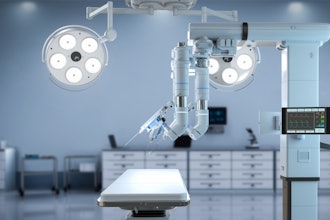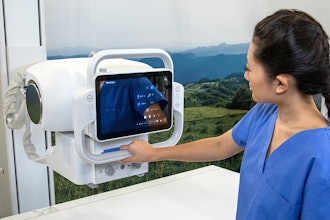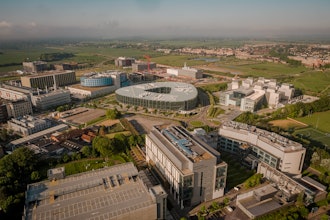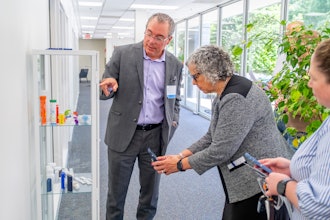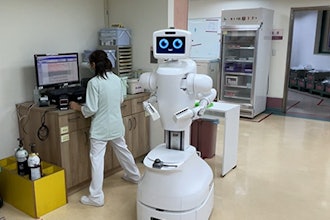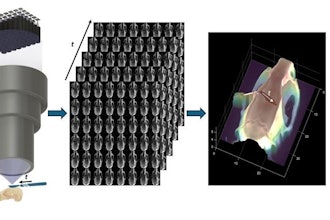Researchers are 3D printing skin and bone that could one day be used to treat patients aboard spacecraft headed to Mars — or wherever we may go after that.
State-of-the-art bone and skin samples were bioprinted as part of a project from the European Space Agency. The samples were created by scientists at the University Hospital of Dresden Technical University.
The researchers used human blood plasma as a bio-ink to print skin cells, but the challenge is being able to 3D print this bio-ink in space. The plasma is too liquid-y, so the researchers added methylcellullose and alginate to increase the viscosity. During a space expedition, medical personnel could source these substances from plants and algae.
The team created a 3D-printed bone sample by printing human stem cells with a similar bio-ink, but used calcium phosphate bone cement to add some structure.
Next, the team is working on a list of the necessary equipment that future sick bays will need to successfully grow, harvest and implant artificial skin and bone. They are also working on developing more complex tissues that could eventually lead to 3D-printing entire internal organs for transplant.
According to the researchers, 3D bioprinting technology will help astronauts treat medical emergencies as they happen. It takes about seven months to get to Mars, so it's not like they can just turn around if someone suffers a serious burn.








